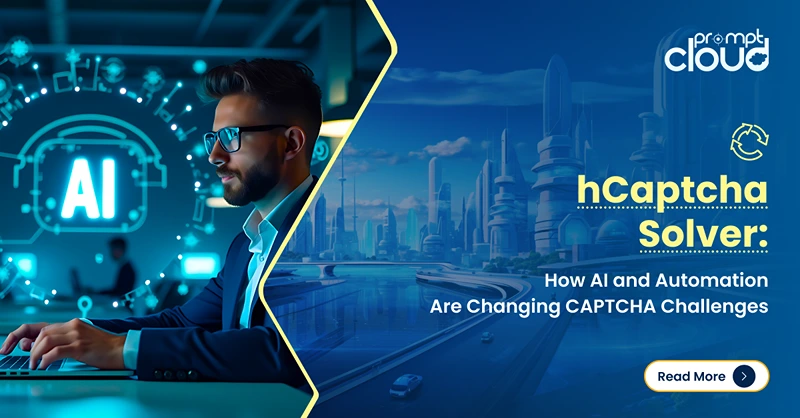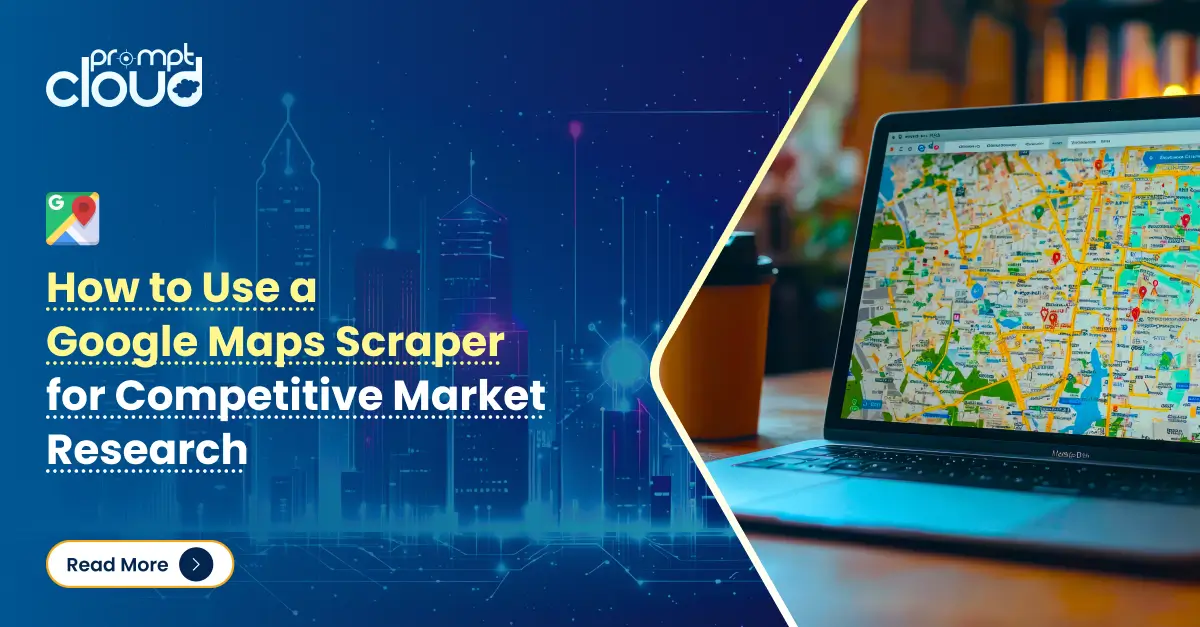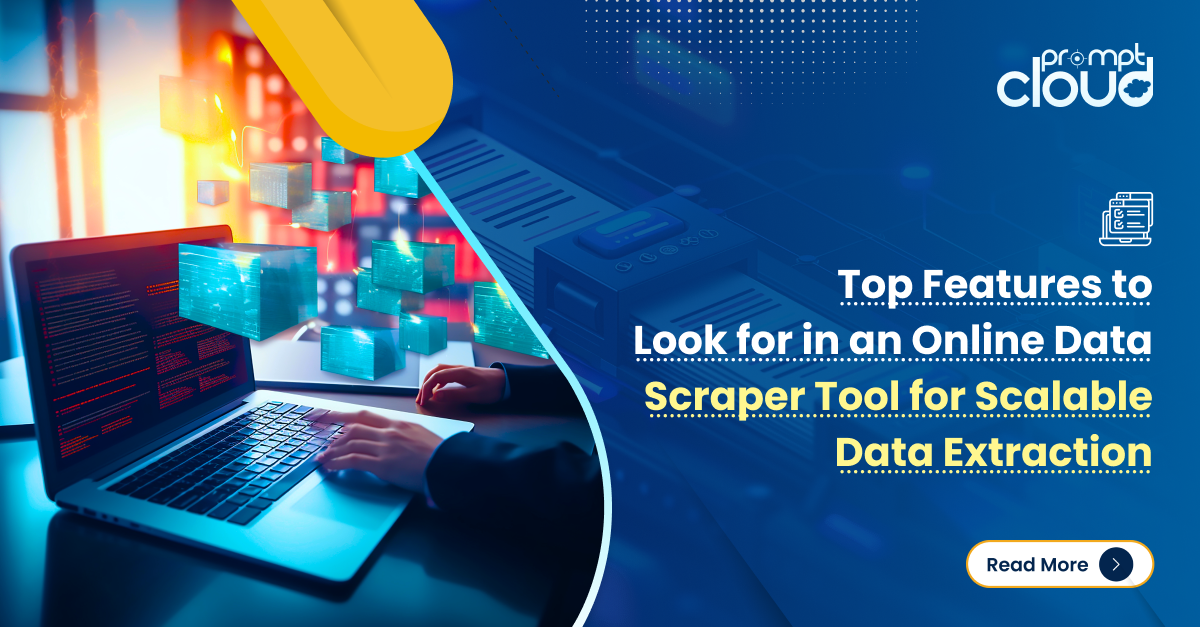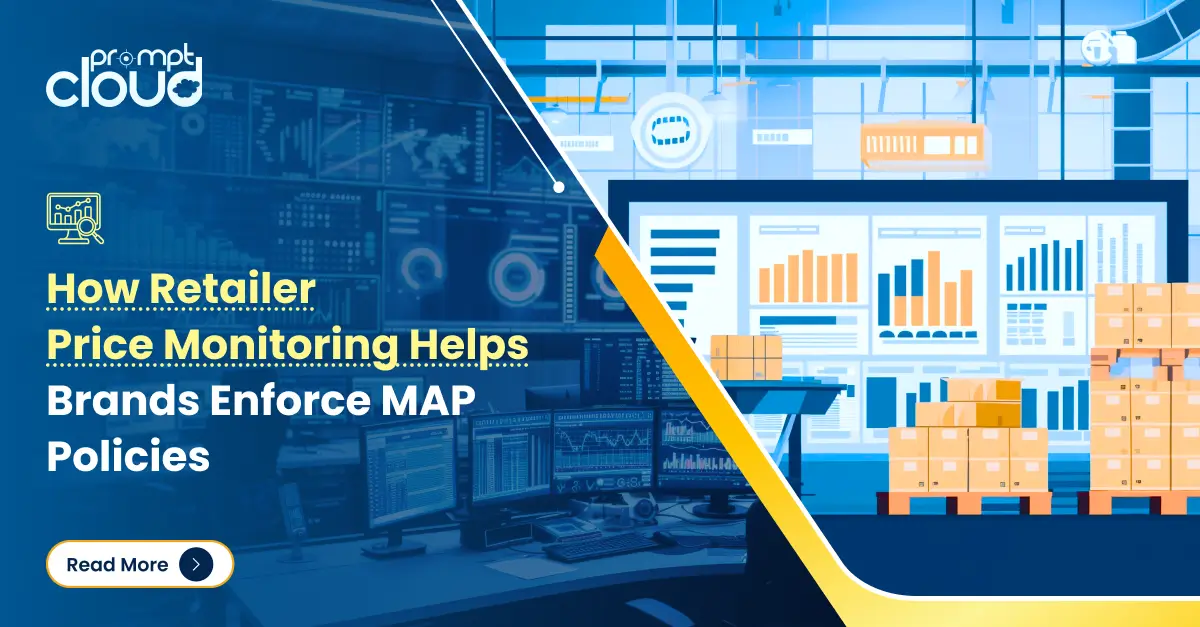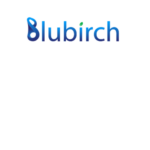
Web Scraping is finding increasing relevance amongst enterprises across, with the growing need for quality data. The web is like an endless ocean of unstructured data, and with this data comes unexplored possibilities. If you are just passionate about web scraping in general and want to learn how to do it on your own, we have compiled a list of scrape the web technologies that you can master.
Partnering with a Scrape the Web service provider could be the best option if you are looking for enterprise support and not a DIY tool.
Here are the five technologies you can learn to master web crawling.
1. Selenium
Selenium is a web browser automation tool that has the capabilities to do a wide range of tasks on autopilot. Learning to use selenium will definitely help you in understanding how websites work. It can be used to mimic a human visiting a web page using a regular browser. Hence can get the accurate data that a human visitor sees on the page, as it is.
It is often used for emulating ajax calls in web scraping. With its powerful automation features, selenium can help you with a lot more than just web scraping, like testing websites and automating any time-consuming activity involving the web. In short, mastering Selenium can make you a web scraping pro.
2. Boilerpipe
When extracting clean text along with associated titles is the requirement, Boilerpipe is a great option. BoilerPipe is a Java library made exclusively to extract data from web pages, be it structured or unstructured. It can intelligently remove unnecessary HTML tags and other noise found on the pages.
The highlight of Boilerpipe is that it can extract relevant content in a matter of milliseconds and with minimal input from the user. The accuracy is impressively high, which makes it one of the easiest tools to Scrape the Web. Getting familiar with this tool can enhance your web scraping skills, instantly.
3. Nutch
Nutch is touted as the gold standard of web scraping technologies. It is nothing but an open-source web crawler program that can crawl and extract data from web pages at lightning speeds. Nutch can be used for crawling, extracting and storing the data once programmed for the specific requirement. Behind the scenes is a highly complicated and powerful crawling algorithm which makes it one of the best tools to crawl the web with.
To carry out scraping, the web pages to traverse and extract data from having to be coded into Nutch manually. Once set up, it would scan through pages in the list and fetch the required data to the server. You can learn some simple commands used for scraping using Nutch, which would make the job easier. Nutch is a highly useful tool when it comes to scraping and should be on your list if you are planning to learn scrape the web.
4. Watir
Watir (pronounced water) is an open-source Ruby library family that can be used for web browser automation. It is easy to use and flexible. It can interact with the browser in the same way that a human does.
Watir can perform functions like clicking the links, filling forms, pressing buttons and literally anything that a human does on a web page. With the goodness of Ruby, Watir is a joy to use and configure. Like every other programming language, Ruby gives you the abilities to read data files, export XML, connect to databases and write spreadsheets.
5. Celerity
Celerity is a JRuby wrapper created around HtmlUnit – a headless Java browser with support for JavaScript. It has an easy to use API that can be used to programmatically navigate through web applications. It is impressively fast since there is no time-consuming GUI rendering or unnecessary downloads. Being scalable and non-intrusive, it can run in the background silently after the initial setup. Celerity is a great browser automation tool you can use to crawl the web efficiently and fast.
Conclusion
With the ever-increasing demand for web data, having some website scraping skills makes your resume stand out immediately. Mastering these technologies can help you get all the data you want from the scrape the web, given that you have the necessary technical resources to back it up.
Stay tuned for our next article on how VR will change big data visualizations.











